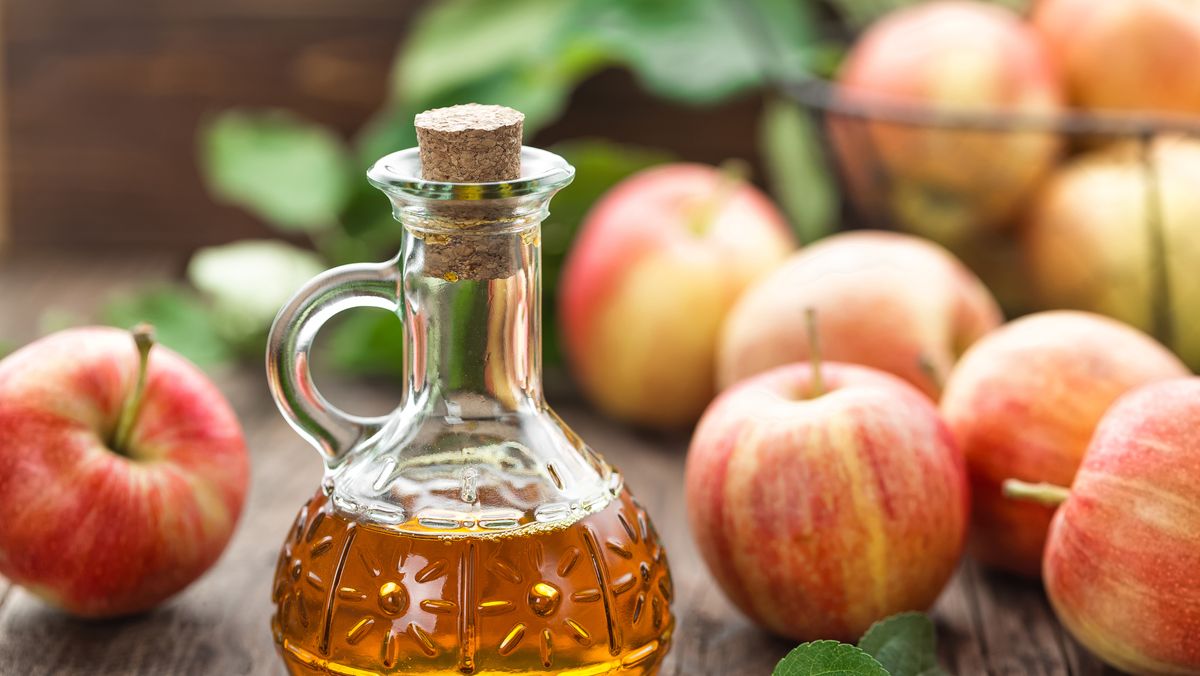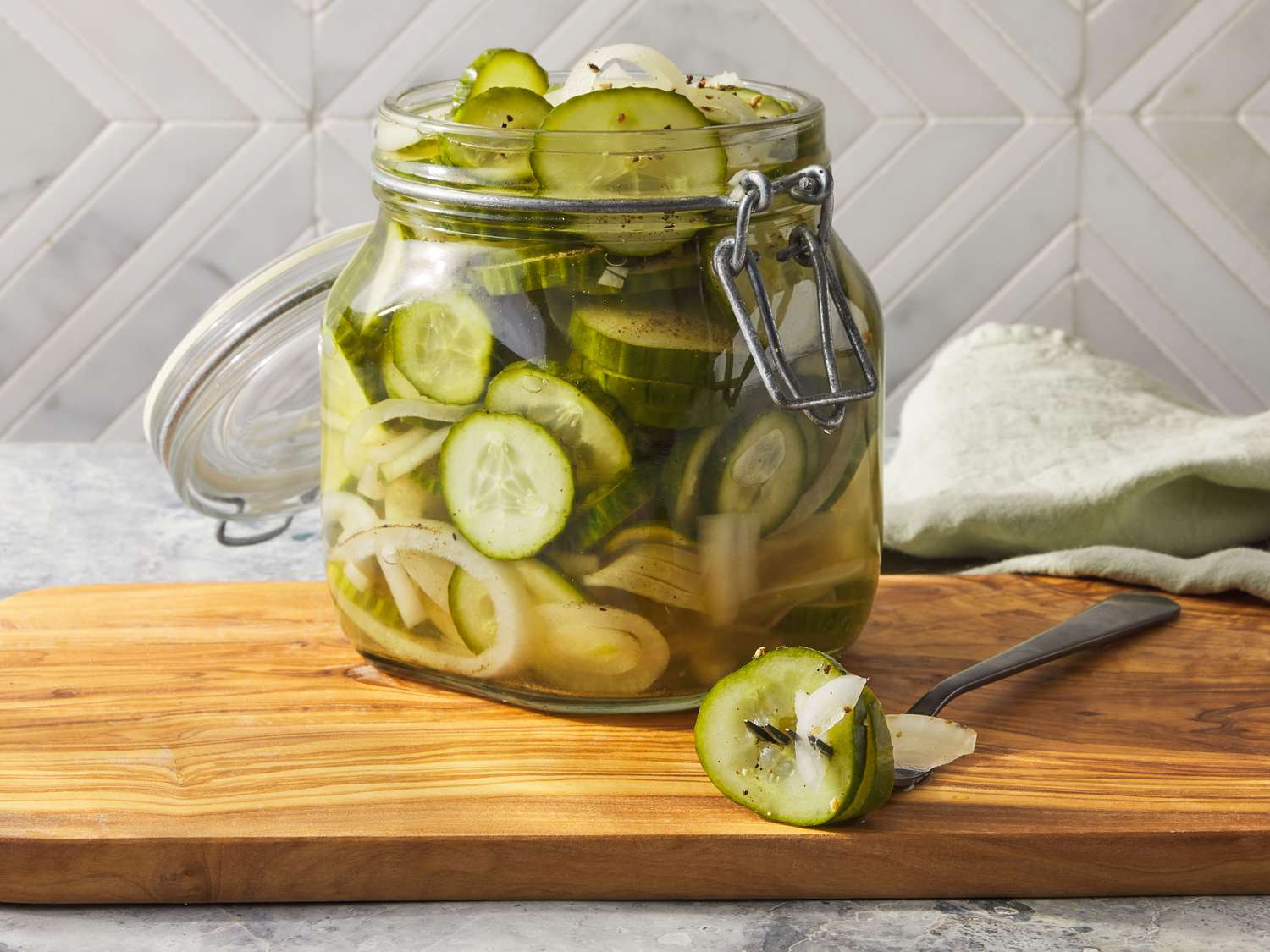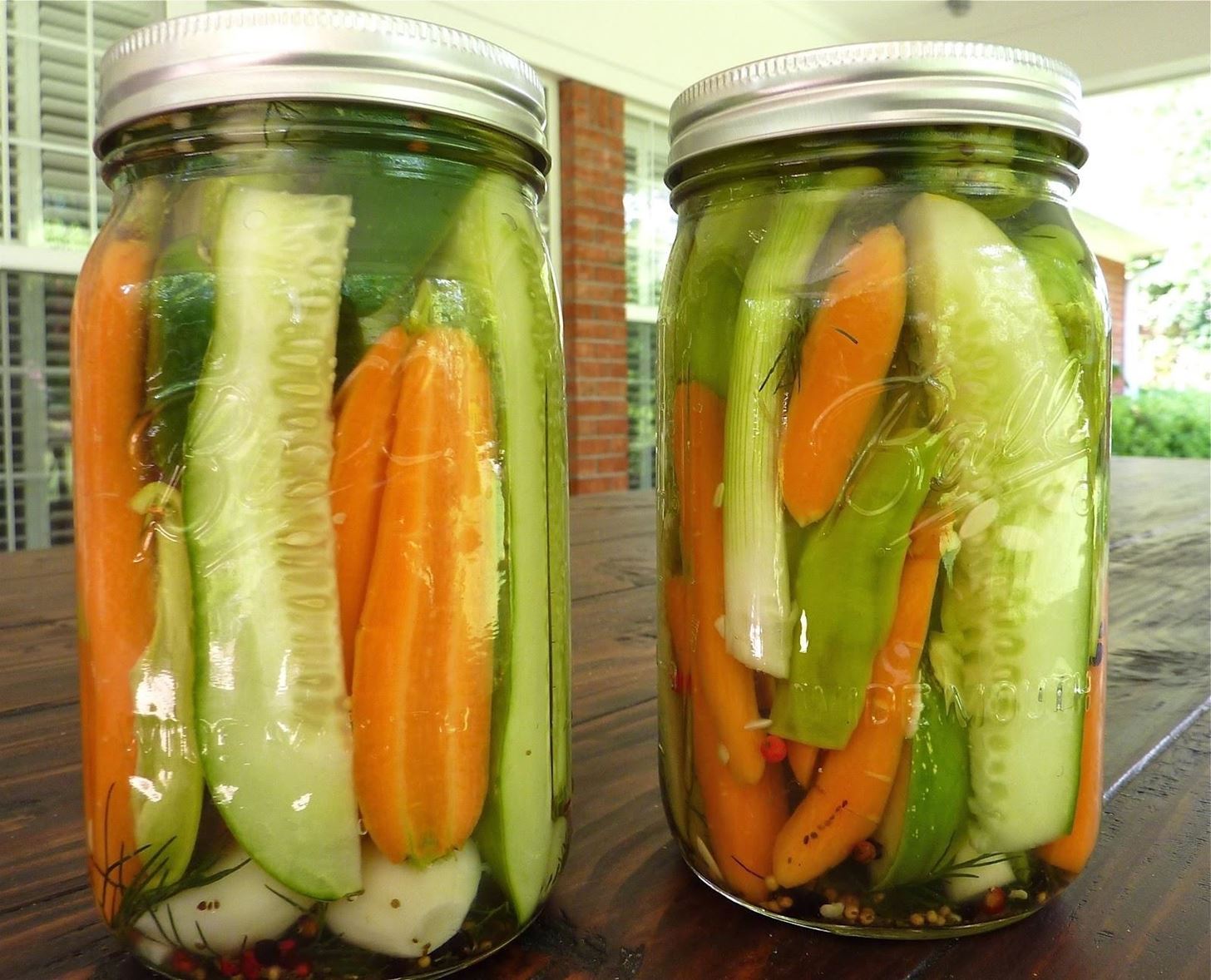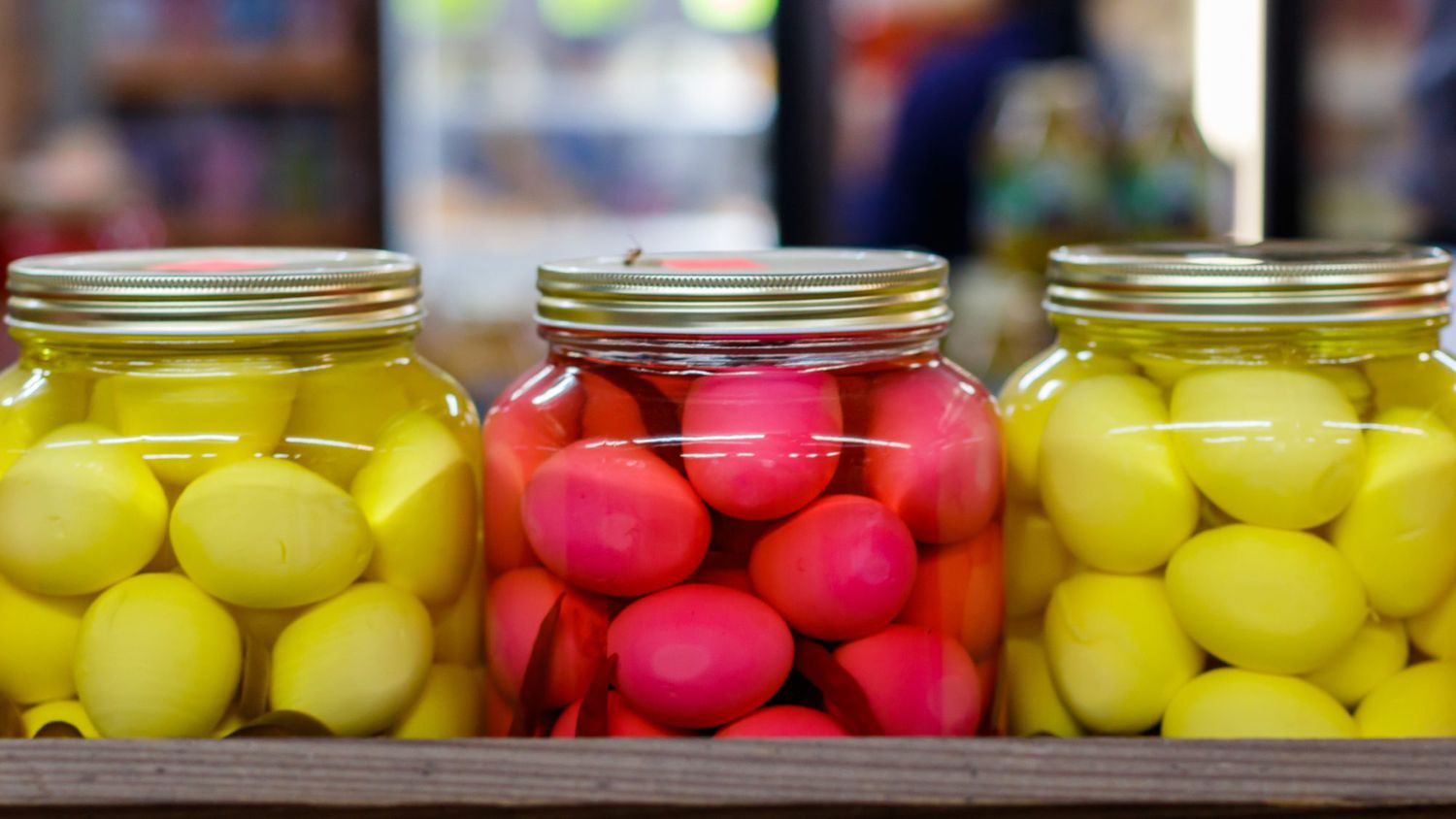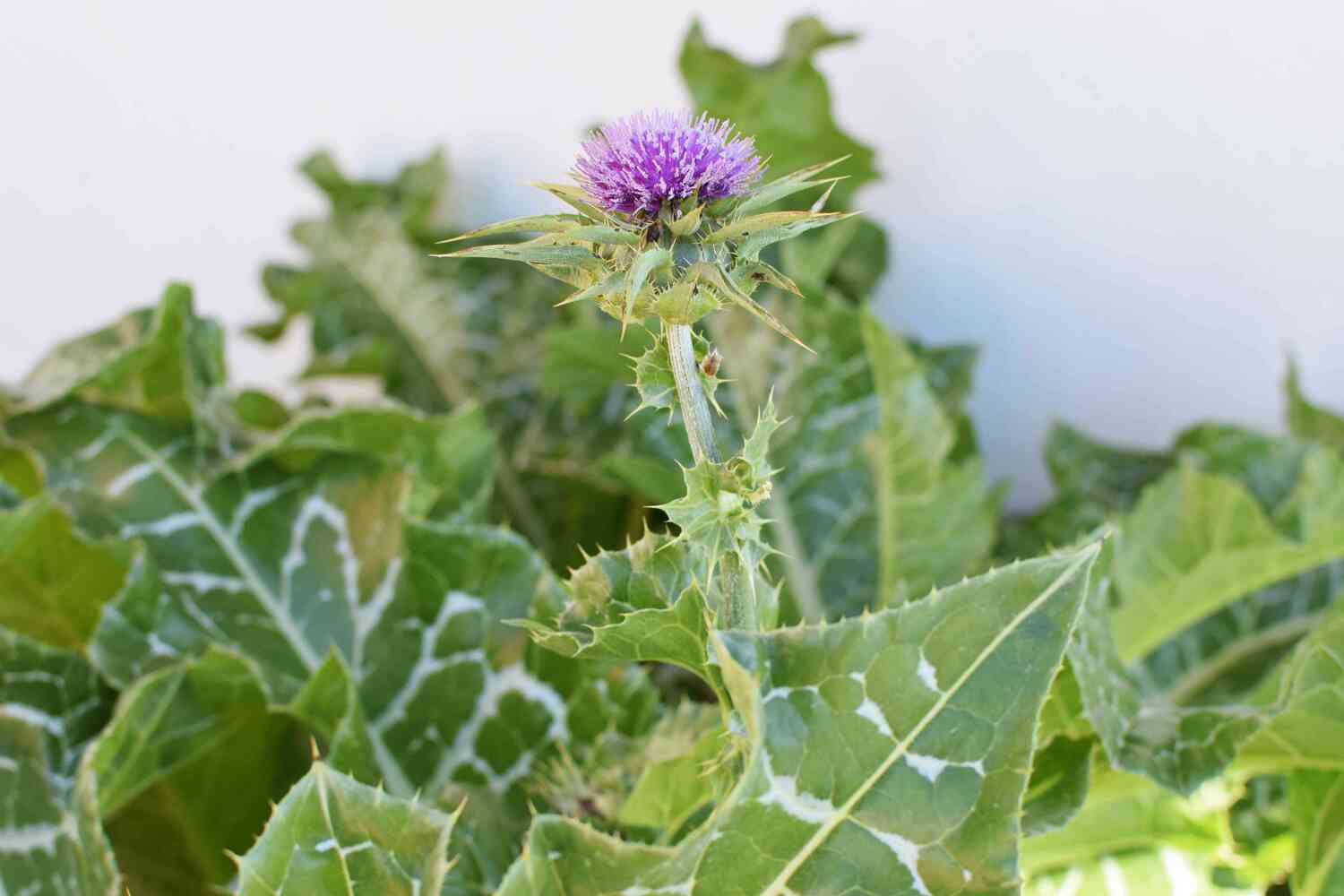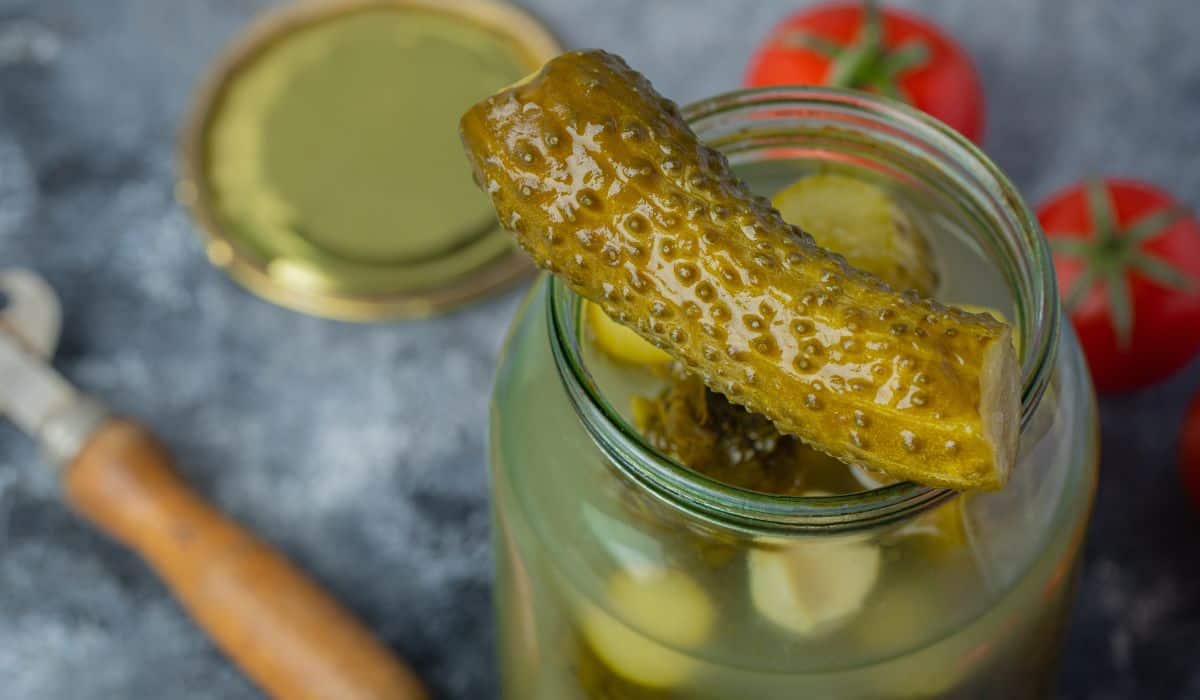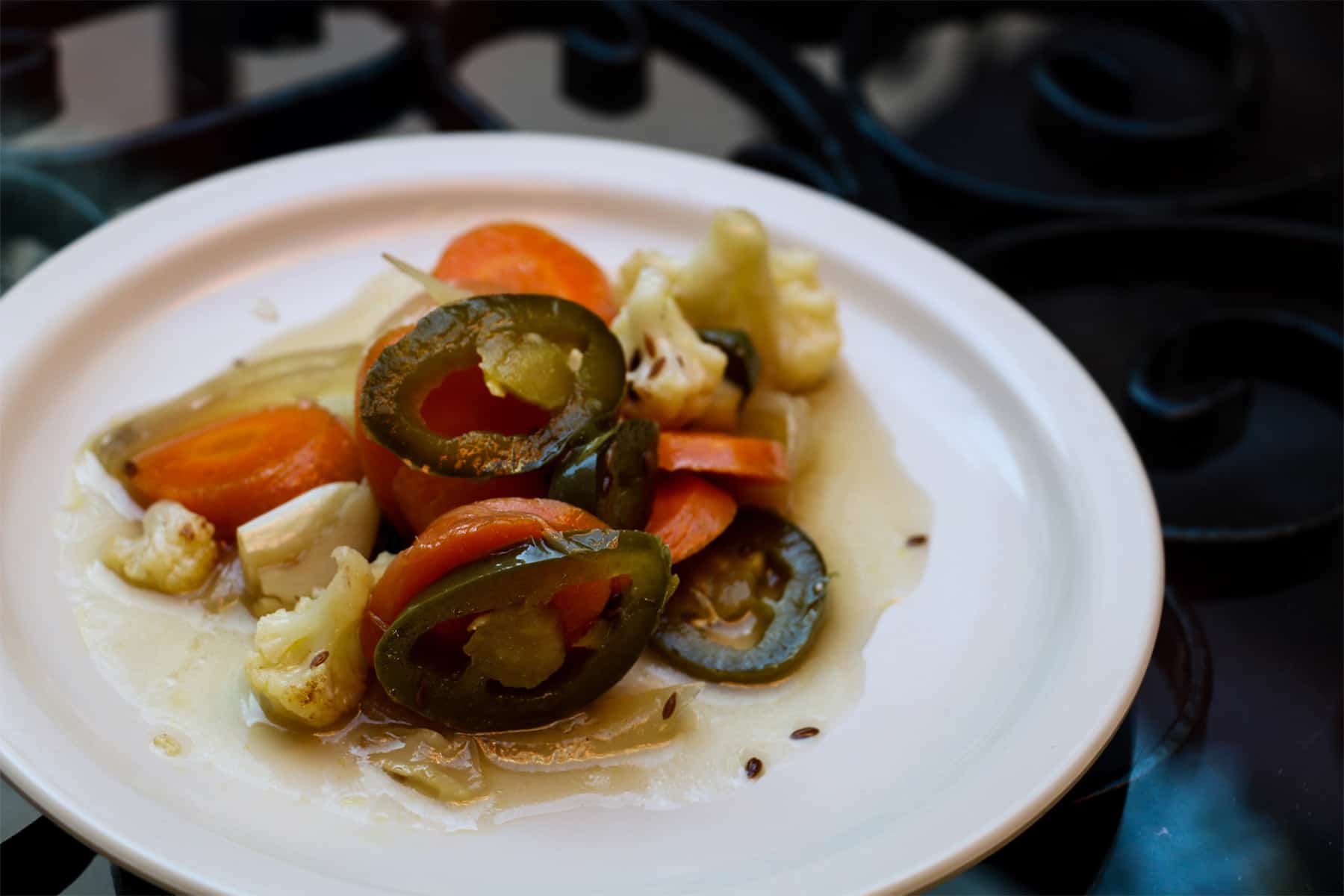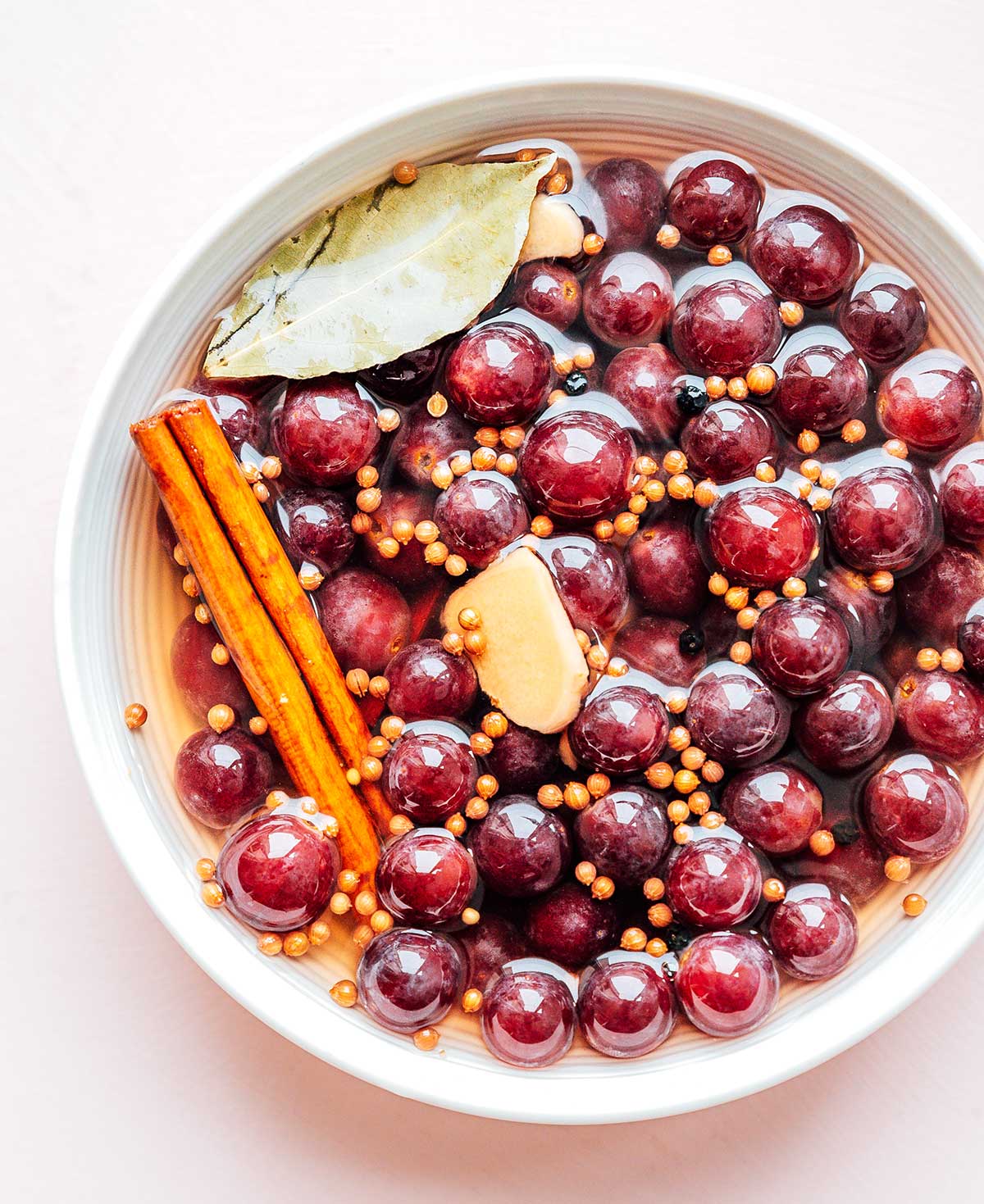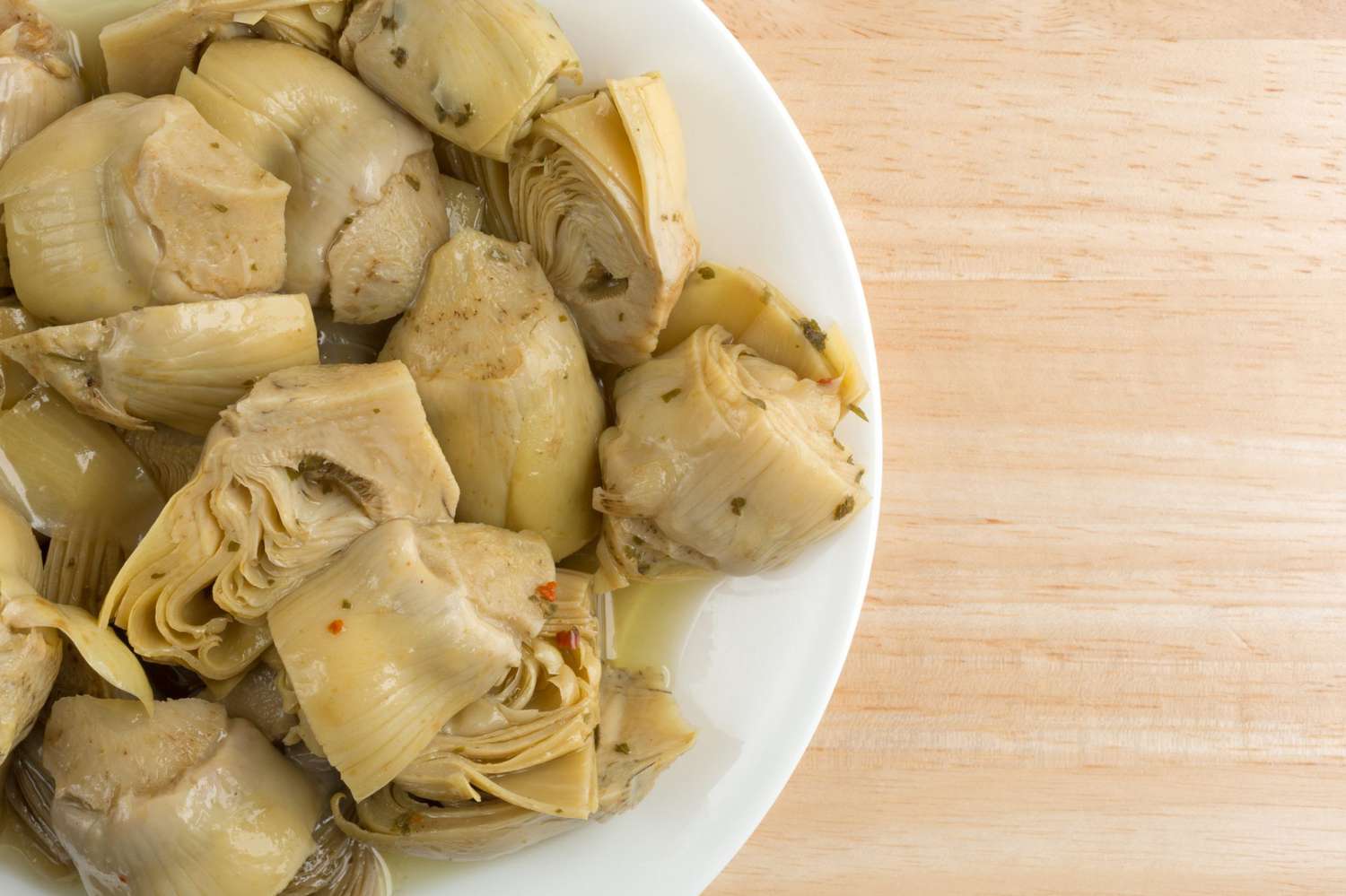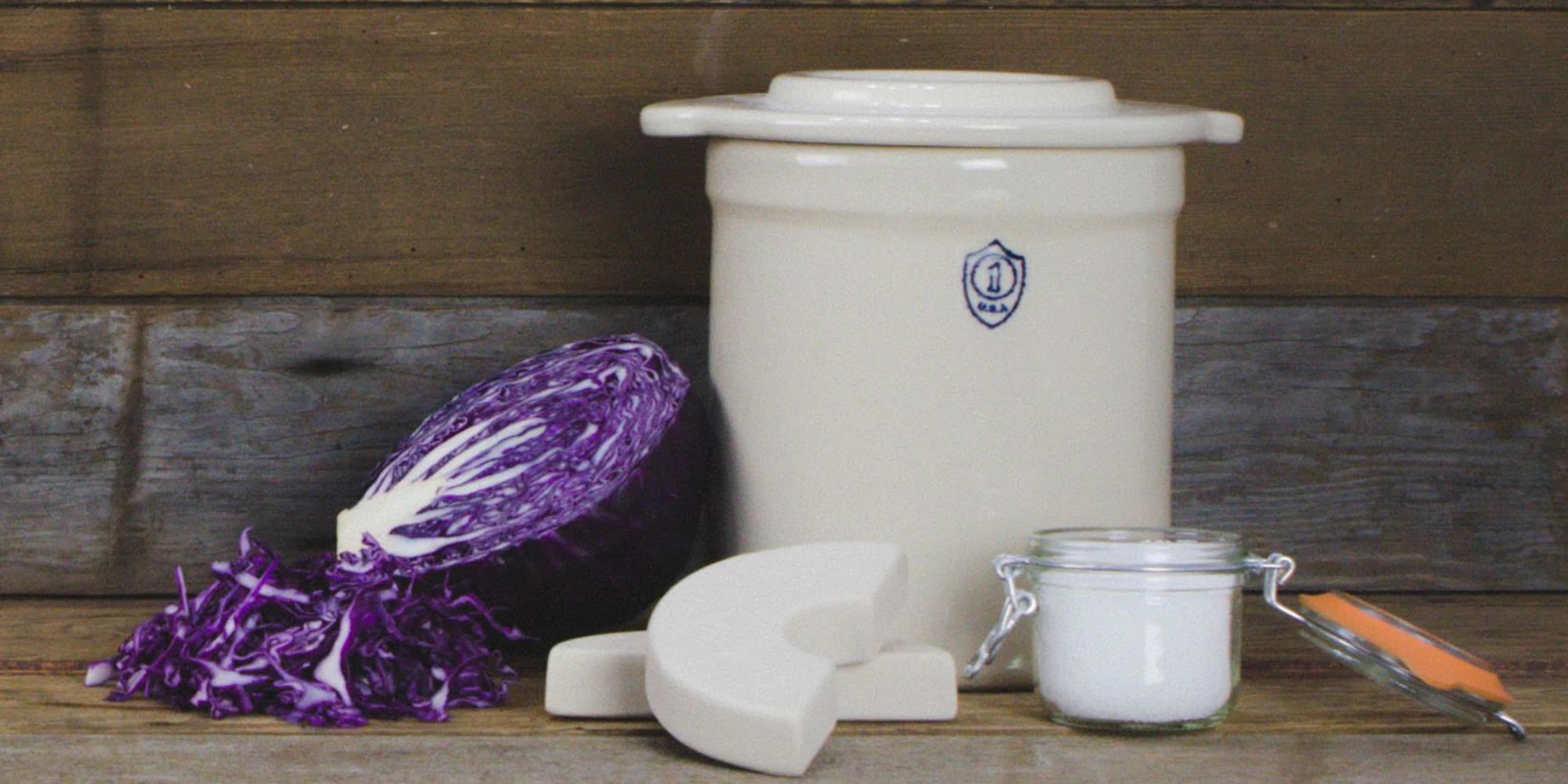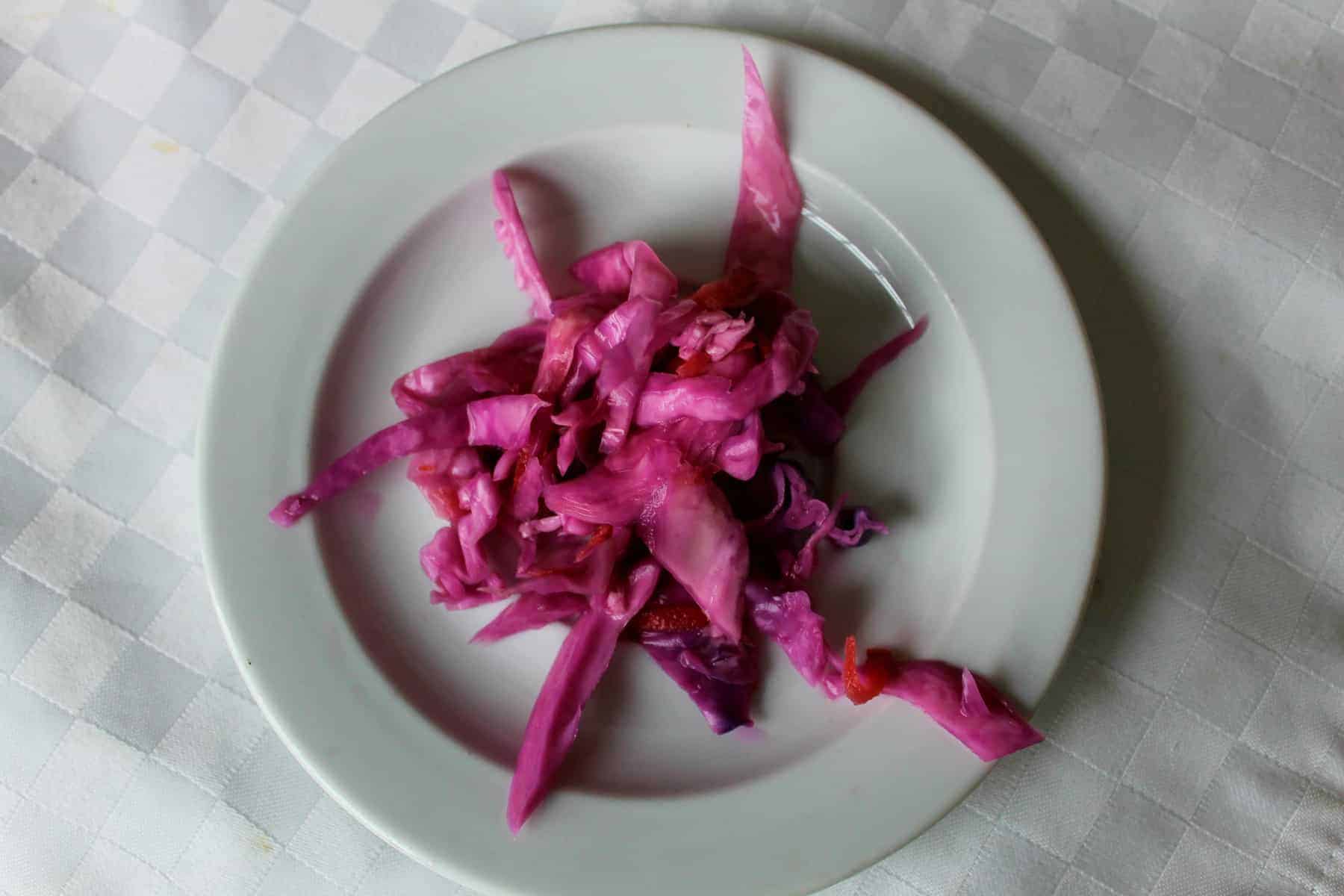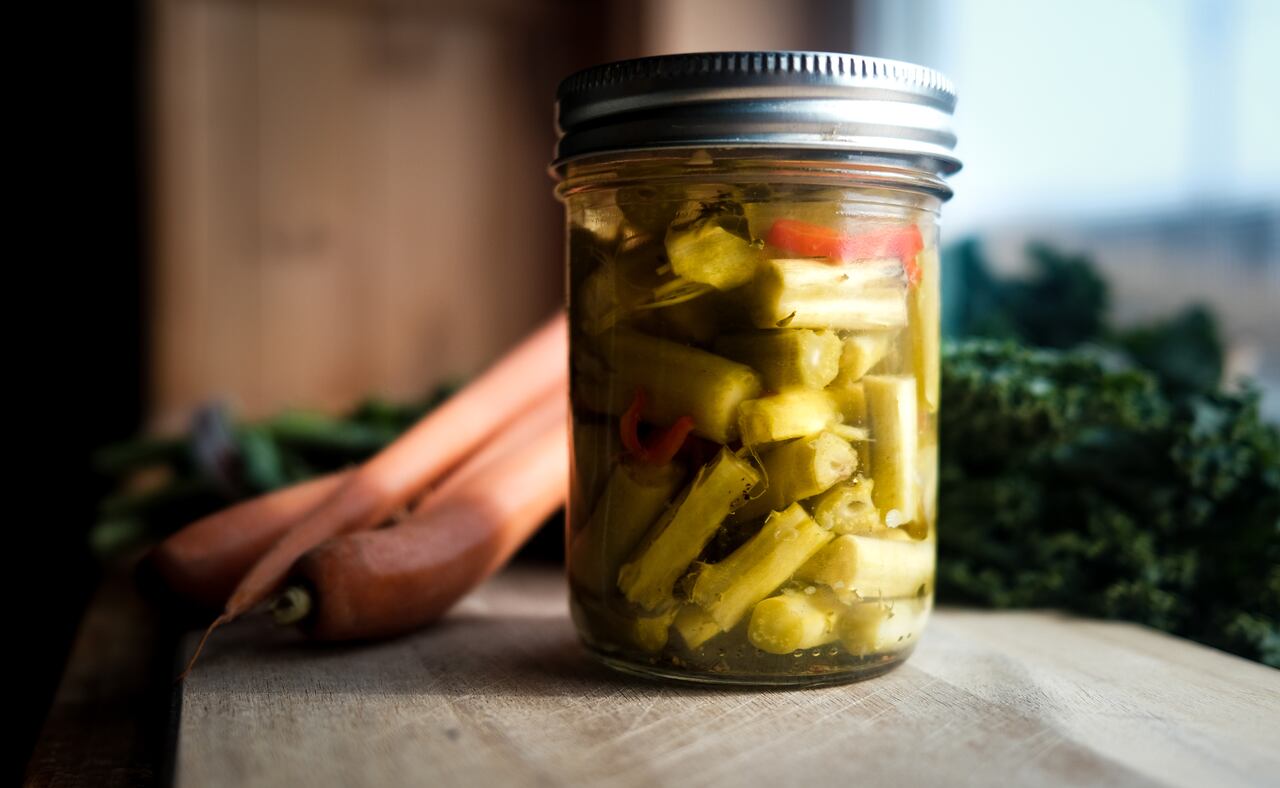Preserving the Harvest: A Guide to Pickling Crabapples
Crabapples are a delightful fruit that can be transformed into a tangy and sweet treat through the process of pickling. Whether you have a crabapple tree in your backyard or you’ve picked up a batch from the farmer’s market, pickling crabapples is a fantastic way to preserve their unique flavor for months to come. In this guide, we’ll walk you through the steps to pickling crabapples at home.
Choosing the Right Crabapples
When it comes to pickling crabapples, it’s important to start with the freshest and firmest fruit possible. Look for crabapples that are free from blemishes and have a vibrant color. The best time to pick crabapples is in the late summer or early fall when they are at their peak ripeness.
Gathering Your Supplies
Before you begin the pickling process, make sure you have all the necessary supplies on hand. Here’s what you’ll need:
- Crabapples
- Vinegar
- Sugar
- Spices such as cinnamon, cloves, and allspice
- Jars for canning
- Canning equipment
The Pickling Process
Now that you have your supplies ready, it’s time to start pickling your crabapples. Follow these steps:
- Wash the crabapples thoroughly and remove any stems.
- Prick each crabapple with a fork to allow the pickling solution to penetrate.
- In a large pot, combine equal parts vinegar and water, along with sugar and your choice of spices. Bring the mixture to a boil.
- Add the crabapples to the pot and simmer until they are tender but still hold their shape.
- While the crabapples are simmering, prepare your canning jars by sterilizing them in boiling water.
- Once the crabapples are ready, carefully pack them into the sterilized jars.
- Pour the hot pickling liquid over the crabapples, making sure they are completely covered.
- Seal the jars and process them in a boiling water bath for the recommended time.
- Allow the pickled crabapples to cool before storing them in a cool, dark place for at least a few weeks to allow the flavors to develop.
Enjoying Your Pickled Crabapples
Once your pickled crabapples have had time to mature, they can be enjoyed in a variety of ways. Serve them alongside a cheese board, chop them up to add a zesty kick to salads, or simply enjoy them straight out of the jar as a flavorful snack. However you choose to enjoy them, pickled crabapples are sure to add a burst of flavor to your meals.
So, the next time you find yourself with an abundance of crabapples, consider pickling them to enjoy their delicious taste throughout the year. With a bit of time and effort, you can savor the flavors of the season long after the harvest has passed.
Was this page helpful?
Read Next: How To Pickle Yabbies
